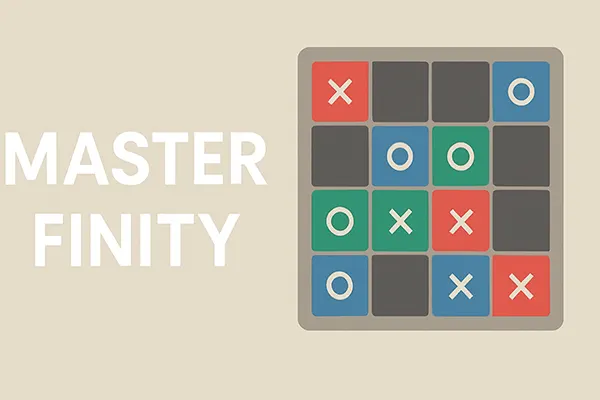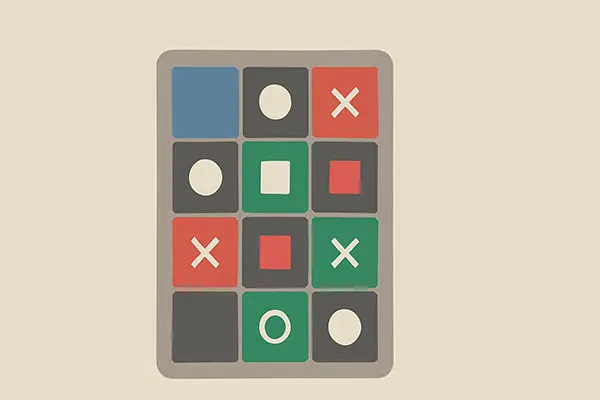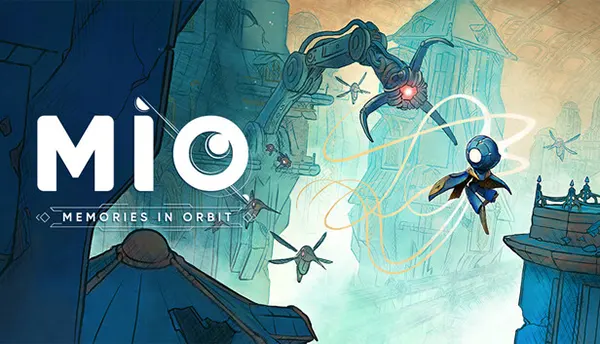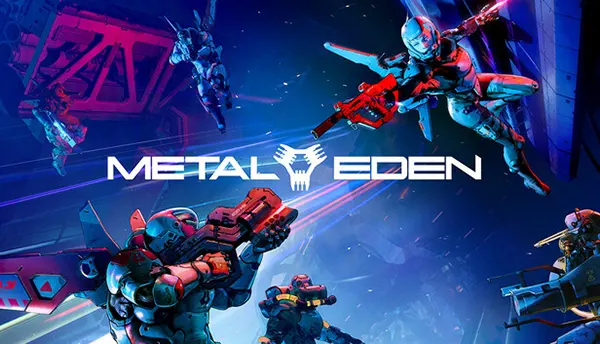How to Master Finity – A Minimalist Puzzle Game for Android and iOS

Finity is a contemporary puzzle game that blends minimalism, strategy, and logic into a captivating experience available on both Android and iOS. Developed with precision and clarity, this title challenges players not with complexity of rules, but with the depth of its simplicity. Understanding its mechanics and embracing its visual language is essential to mastering the game.
Core Mechanics and Gameplay Principles
At its foundation, Finity presents a grid-based puzzle where players match tiles based on colour and symbols. Each move impacts the overall state of the board, and the challenge lies in thinking several steps ahead. Rather than racing against time, players engage in a calm, thoughtful progression where strategic planning is crucial.
What sets Finity apart is its rule of finite moves. Unlike many match-three puzzles, Finity doesn’t allow infinite shuffling. Every action must be measured, and players must consider how to extend their sessions by clearing lines efficiently. Mistakes aren’t always immediately punishing, but they can accumulate quickly.
The visual clarity supports the gameplay perfectly. The clean interface and soothing colour palette prevent distraction, allowing full immersion in the logic of the puzzle. This design philosophy also improves accessibility for those seeking mindful gaming experiences.
Patterns, Strategy and Replayability
Success in Finity relies on pattern recognition and predictive planning. Recognising common tile configurations enables players to anticipate which moves will clear the most lines. Over time, players develop an intuitive understanding of how the grid behaves, similar to learning a new language.
There’s no one-size-fits-all strategy. Some players prefer clearing small clusters regularly, while others build up larger combinations for high-value clearances. Both approaches are valid, and the game’s balanced scoring system rewards various styles of play. Experimentation is not just encouraged — it’s essential for progress.
Replayability is enhanced by subtle randomness in tile placement and an absence of repetitive puzzles. Each session feels fresh yet familiar. Mastery doesn’t come from memorisation but from adaptability and cumulative skill development across attempts.
Interface, Controls and Mobile Experience
Finity has been optimised for touchscreen devices, and this shows in every interaction. Controls are simple: swipe to move, tap to confirm. There’s no need for complex tutorials — the design teaches through use. As players experiment, they discover how movement affects other tiles, learning organically and intuitively.
Haptic feedback and subtle animations further improve the tactile feel of gameplay. While minimalist, the interface is responsive and precise, making every movement feel satisfying. There is no lag or clutter, ensuring an uninterrupted flow of play, especially on newer devices.
The game’s compact size and low power consumption make it suitable for both short breaks and extended play sessions. Whether on a commute or during quiet evenings, Finity remains accessible, stable and enjoyable. Frequent updates have ensured compatibility across a broad range of Android and iOS models as of June 2025.
Accessibility and Customisation Options
Finity includes a range of settings to accommodate different player preferences. Colourblind modes, adjustable contrast, and sound settings allow users to tailor the experience without compromising gameplay integrity. These options support inclusion without making the game easier or harder.
Sound and visual themes can be adjusted or muted, supporting different play environments — from public transport to quiet homes. Accessibility goes beyond visual customisation: Finity’s pacing allows players to pause, reflect, and resume without penalty, which is ideal for neurodivergent users or those with attention limitations.
Language support is expanding steadily, and as of June 2025, the game is available in 14 languages, including English, Spanish, German, French, Japanese, and Korean. This makes it a suitable recommendation in international puzzle gaming communities and mobile game reviews.

Tips for Progress and Long-Term Engagement
Beginners should first focus on observing the movement effects of different tiles. Watching how one move causes a ripple across the grid helps build foresight. It’s advisable to avoid over-planning at early stages — learn the basics through repeated engagement with different boards.
Mid-level players benefit from learning to combine multiple lines into a single sequence. Not only does this yield more points, but it also frees up space more effectively. Monitoring the left side of the screen, where new tiles appear, can help forecast potential configurations for upcoming turns.
For advanced players, it becomes important to identify recovery moves — strategies for undoing a bad sequence or clearing space after a mistake. Recognising these ‘escape patterns’ separates casual players from high scorers. Keeping track of how many steps remain is critical when aiming for leaderboard positions.
Community, Support and Developer Updates
Finity’s development team maintains an active community through Reddit, Discord, and X (formerly Twitter), where players share tips, videos, and custom challenges. The developer frequently incorporates player feedback, and changelogs are transparently posted during updates.
June 2025 saw the release of version 2.4, which added a new “Precision” mode — limiting the number of moves further and encouraging calculated play. Bug fixes and new animations have also enhanced performance, particularly on mid-tier Android devices.
Ongoing support signals a commitment to longevity. The developers have outlined plans to add cloud sync support and achievements by Q3 2025, expanding the game’s integration into broader mobile ecosystems such as Google Play Games and Apple Game Center.





